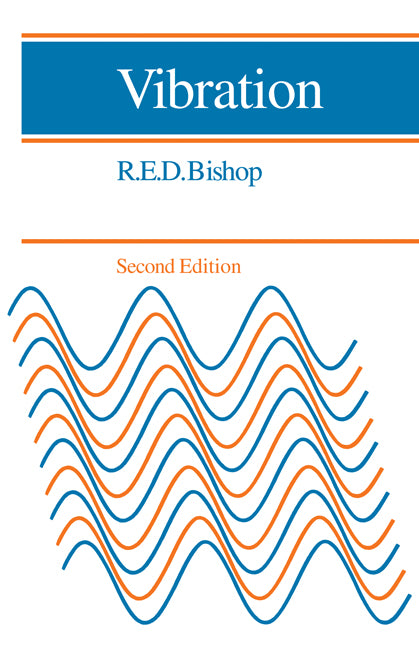Freshly Printed - allow 8 days lead
Couldn't load pickup availability
Vibration
Vibration is a completely non-mathematical account of a subject of vital importance to engineers that is almost invariably discussed in mathematical terms.
R. E. D. Bishop (Author)
9780521296397, Cambridge University Press
Paperback, published 6 September 1979
176 pages
22.9 x 15.2 x 0.1 cm, 0.42 kg
Vibration is a completely non-mathematical account of a subject of vital importance to engineers that is almost invariably discussed in mathematical terms. The description commences with an account of the nature of vibration and its effects on the human body and metals. This is followed by chapters on free vibration, forced vibration, self-excitation, the nature and effect of shocks, and finally an elementary introduction to non-linear vibrations. Many illustrations show the effect of vibration on structures and the methods employed by engineers to suppress unwelcome oscillations. In the second edition of Vibration, Professor Bishop has added two further sections. One is the behaviour of ships in waves and the other on the effects of transient vibration. This book will be of interest to students of mechanical, aeronautical and marine engineering. Its descriptive treatment makes the principles readily accessible to anyone who wants to know why mechanisms and structures fail when they are shaken and what can be done to prevent this happening.
Preface
1. Vibration: friend or foe
2. the ability to vibrate freely
3. Imposed vibration
4. Vibrations that cause themselves to grow
5. Shocks and waves
6. Complicates vibrations
Index.
Subject Areas: Applied mathematics [PBW]


